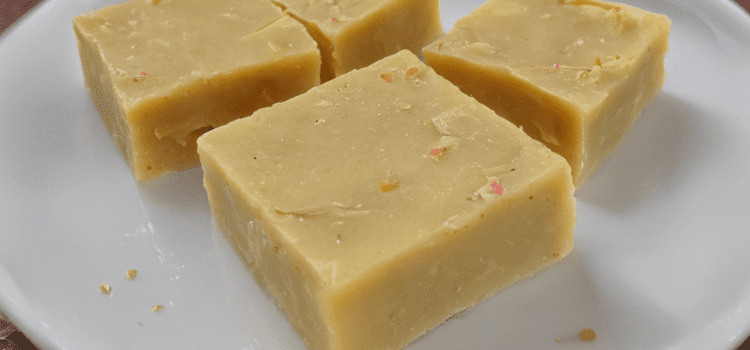Introduction
Originating from India, Soan Papdi is a popular sweet treat that is loved by many across the country and beyond. Its unique texture, sweet taste, and melt-in-your-mouth experience make it a favorite among individuals of all ages. In this blog post, we will delve into the history of Soan Papdi, its ingredients, preparation process, variations, and health benefits.
History of Soan Papdi
Soan Papdi, also known as Soan Halwa, is believed to have originated in the northern regions of India, particularly in the state of Punjab. Its history dates back to several centuries, and this delectable sweet has been a part of Indian culinary traditions for generations. The name “Soan Papdi” is derived from two Hindi words – ‘Soan,’ which means ‘to flake’ or ‘to break into small pieces,’ and ‘Papdi,’ which refers to a thin, disc-shaped snack.
Ingredients Used in Soan Papdi
The key ingredients used in making Soan Papdi include gram flour (besan), ghee (clarified butter), sugar, water, and cardamom powder for flavoring. Some variations may also include pistachios, almonds, or other nuts to enhance the taste and texture of this sweet confection.
Preparation Process
The preparation of Soan Papdi involves a meticulous process that requires skill and precision. To make Soan Papdi, gram flour is roasted in ghee until it turns golden brown and aromatic. A sugar syrup is prepared separately and mixed with the roasted gram flour along with cardamom powder. The mixture is then spread thin on a greased surface and left to cool and set. Once set, it is broken into small, flaky pieces, giving it its characteristic texture.
Variations of Soan Papdi
While the traditional Soan Papdi is widely popular, there are various regional and modern variations of this sweet treat. Some of the popular variations include chocolate Soan Papdi, dry fruit Soan Papdi, saffron-infused Soan Papdi, and even sugar-free Soan Papdi for health-conscious individuals. Each variation adds a unique twist to the classic recipe, catering to different taste preferences.
Health Benefits of Soan Papdi
Despite being a sweet indulgence, Soan Papdi offers some health benefits due to its key ingredients. Gram flour is a good source of plant-based protein and fiber, which can aid in digestion and keep you feeling full for longer. Ghee, when consumed in moderation, provides essential fatty acids and fat-soluble vitamins. Nuts used in some variations of Soan Papdi offer additional nutrients like antioxidants, vitamins, and minerals. However, it is important to consume Soan Papdi in moderation due to its sugar and ghee content.
Frequently Asked Questions (FAQs)
- Is Soan Papdi vegetarian?
-
Yes, Soan Papdi is vegetarian as it does not contain any animal-derived ingredients.
-
Does Soan Papdi contain nuts?
-
Traditional Soan Papdi usually does not contain nuts, but some variations may include nuts for added flavor and texture.
-
Is Soan Papdi gluten-free?
-
No, Soan Papdi is not gluten-free as it contains gram flour, which is derived from chickpeas.
-
How long does Soan Papdi stay fresh?
-
Soan Papdi has a good shelf life and can stay fresh for several weeks when stored in an airtight container in a cool, dry place.
-
Can Soan Papdi be shipped internationally?
- Yes, Soan Papdi can be shipped internationally, but it is recommended to check the import regulations of the destination country before shipping.
In conclusion, Soan Papdi is not just a sweet treat but a cultural symbol of India’s rich culinary heritage. Its delicate texture, rich flavors, and centuries-old legacy make it a dessert worth savoring. Whether enjoyed during festive occasions, as a gift for loved ones, or simply as a delightful indulgence, Soan Papdi continues to captivate taste buds around the world.
